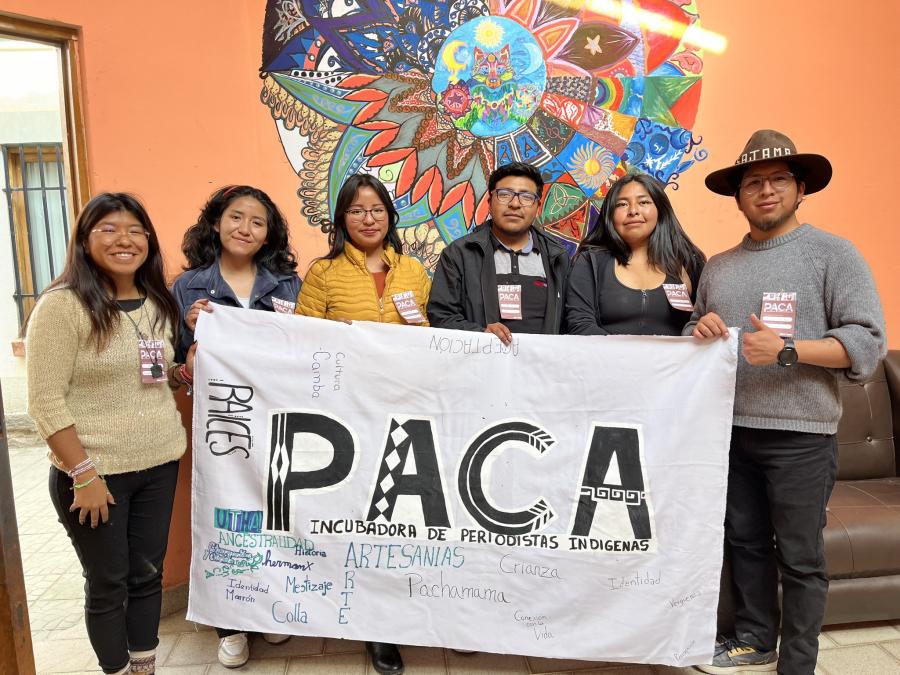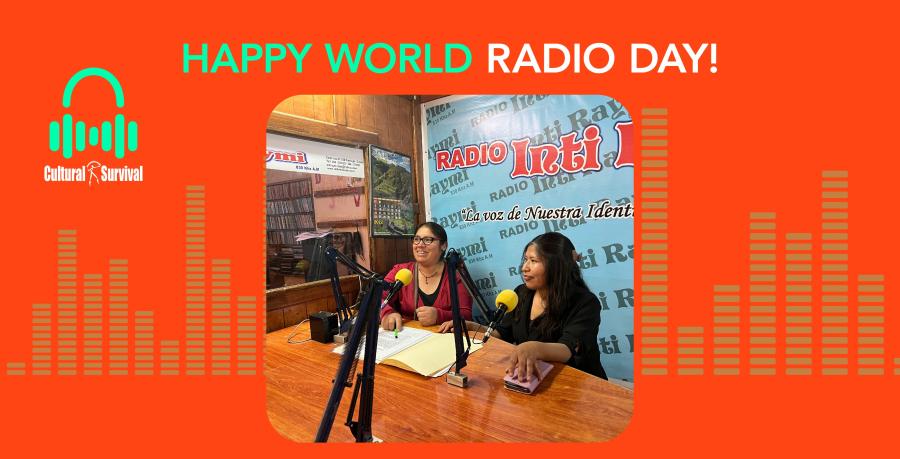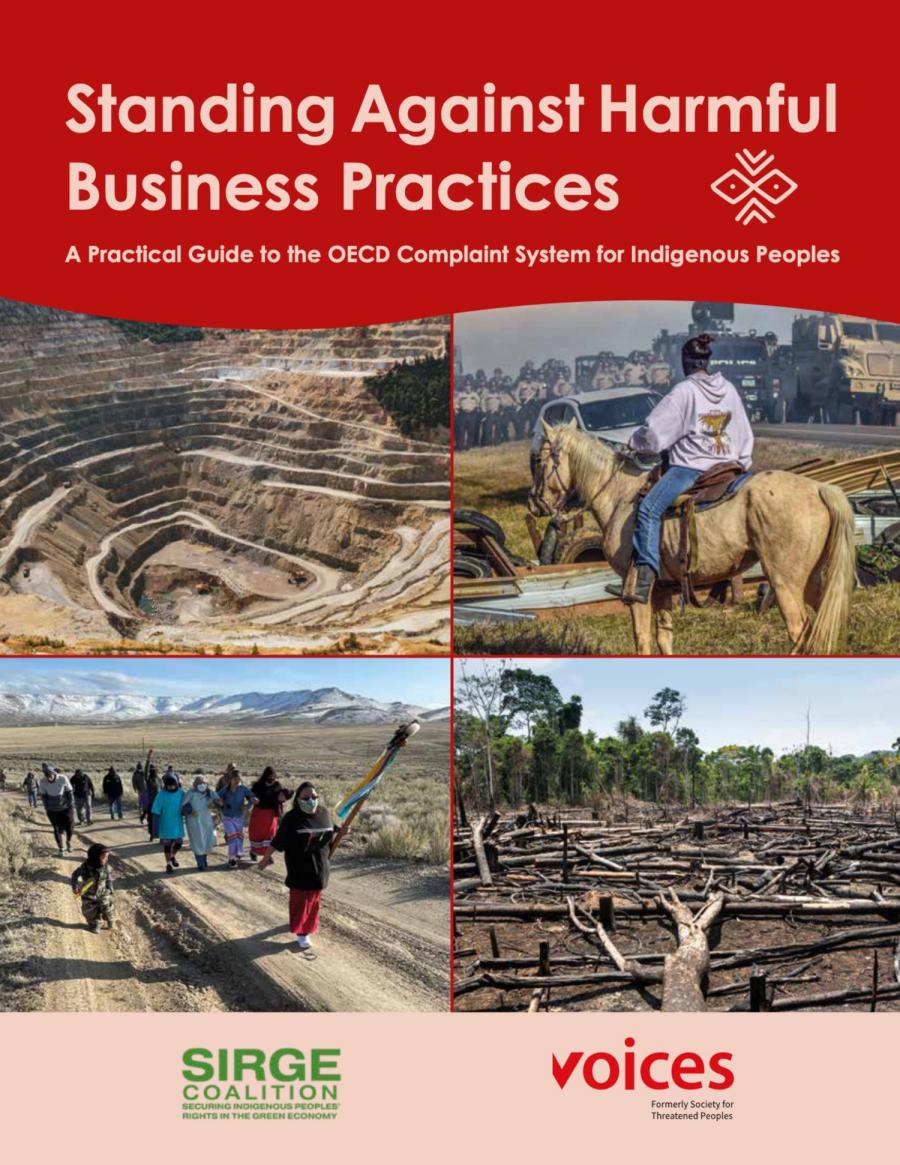Pastoral nomadism provokes highly contrasting images. The romantic image of the nomad as a free spirit, untrammeled by the restrictions of sedentary life - such as the desert Bedouin - is strongly represented in Western literature while portraits of tall, haughty Masai leaning on their spears surrounded by cattle compete for our attention on the glossy pages of coffee table books. In some instances, nomads are sometimes seen as ignorant, lazy, overbearing, and unproductive agents waiting to destroy agricultural villages and civilized life.
These views are not mutually exclusive. The Arab social historian Ibn Khaldun praised the Bedouin way of life as a more virtuous one than that found in cities, yet condemned their invasion of North Africa as mindlessly destructive. In ecological terms nomads are both condemned as creators of wasteland by overgrazing and praised for the productive use they make of large semiarid regions. In the political realm, sedentarization policies have often been pursued without regard for their economic consequences. The question of whether nomadic pastoralists have a future in the modern world is strongly influenced by long-standing attitudes toward them rather than by an objective analysis of the facts.
As the articles in this issue illustrate, the problems that face nomadic pastoralists in the modern world are complex. Solutions to problems in one part of the world are not necessarily applicable elsewhere. Yet in spite of the differences of individual cases they have one thing in common: nomadic pastoralists exist as parts of larger political and economic systems. They cannot be understood as isolated peoples.
What is nomadic pastoralism? This basic question is not as easy to answer as it might seem. In general, societies specializing in animal husbandry requiring periodic movement are called pastoral nomads. This excludes such groups as hunter-gatherers, Gypsies, migrant farm workers, or corporate executives who are nomadic but not pastoral. It also excludes Wisconsin dairy farmers or Texas cattlemen who are pastoralists but not nomadic.
We often think of traditional nomadic pastoralists as people who live exclusively off their animals in isolation from the rest of the world. This is not the case. We find pastoralists who also farm, trade, work as soldiers, smuggle, or drive trucks, to mention just a few occupations.
In general, nomadic pastoral societies are those in which animal husbandry is viewed as an ideal way of making a living and in which movement of all or part of the society is considered a normal and natural part of life. This cultural aspect is vitally important, for while economic analysis of some groups may show that they earn more from non-pastoral sources, the concept of nomadic pastoralism remains central to their own identities. These societies are built around a pastoral economic specialization, but imbued with values far beyond just doing a job. This distinguishes them from American ranchers who likewise have a particular economic specialization but identify culturally with a larger society.
Today nomadic pastoralists are faced with three major problems: (1) erosion of their resource base, (2) changes in their economic relationships within regional contexts, and (3) domination of political relationships by central states.
Whether traditional pastoralism actually destroys the resource base on which it depends is the most critical, yet least researched problem concerning nomads. In a highly influential article Garret Hardin argued that individual ownership of animals and communal ownership of pasture inevitably leads to the "tragedy of the commons." Drawing on historical data from England he showed that individuals attempting to maximize their personal gain stocked far too many sheep on commonly held pasture which eventually became so degraded that no one could use it. Since nomadic pastoralists generally employ some form of communal pasture, Hardin's analysis convinced many analysts of the dangers of herders' ways.
In the English case, sheep raising became a profitable business, to the extent that farmland was converted to pasture. More sheep meant more money. The commons, however, had been designed to meet the limited livestock needs of local villagers who also engaged in farming. Thus it was not traditional sheep raising, but new commercial forms of livestock production that wreaked havoc with the system of commonly held pasture.
Most studies of pastoralism do not clearly show whether pressure on rangeland is a long-term consequence of traditional techniques or a function of innovations that have disrupted an established balance. The picture is complicated by defining just who has access to "common" pasture in pastoral nomadic societies.
In practice common pasture may be open only to a limited number of people in order to prevent its overuse. Among the Basseri in Iran, pasture was periodically redistributed by a chiefly khan to bring herd population and size of pasture into line. In East Africa herders exchanged animals with people from other areas to diminish the effects of periodic drought. In northern Iran and northern Afghanistan, pasture is privately owned and surpluses rented to other pastoralists. Among many Bedouin tribes pasture is common to all - but wells are not - so that pasture use can be indirectly controlled by restricting access to water.
When outside factors inhibit overgrazing, changing them can cause unintended consequences. For example, bore wells in the Sahel permitted the raising of more cattle in arid regions, putting extreme pressure on pasture that had been scarcely used when water had not been available. Similarly, the Syrian government was forced to regulate pasture use when the widespread use of trucks to move livestock and water began to cause the degradation of pasture.
The most serious charges of ecological damage have been leveled at the nomads of the Sahel, where the Sahara is moving south and engulfing formerly prosperous villages. Many believe that this desertification is a consequence of overgrazing. To stop the spread of the deserts, these analysts assert, pastoralists should be removed or severely controlled.
This argument, however, is confusing. Nomads inhabit arid and semi-arid regions. If the desert advances they will be the first victims, but that does not mean they cause the problem. Some French researchers suggest that the Sahara may advance and retreat as part of a long-term rain cycle - in times of increased rainfall both pastoralists and farmers move north; decreased rainfall forces them south. Drought brings massive hardship and displacement. The worst hit areas are those used by pastoralists because the areas they use are marginal regions. Nevertheless the sight of a goat stripping the last tree on the edge of an advancing sand dune is usually enough to convince most that nomads are responsible. Without good data on how and why the desert shifts we may be blaming the victim. In some cases, because of new technologies such as bore wells, people may simply stay too long in an area that they formerly would have abandoned. This accelerates the spread of deserts.
Nomadic pastoralism is of far greater importance to many economies than the relatively small number of nomads would imply. Nomads produce valuable products like meat, hides, wool, and milk. Traditional pastoralism turns grasslands to economic advantage. In developing countries there is an increasingly strong demand for meat for which pastoralists are a domestic source. Because traditional pastoralists do not use grain to raise animals, meat production supplements agricultural production. Many countries even rely on pastoralists to produce meat, hides and wool for export. For example, in the 1970s, pastoralists accounted for 30% of Afghanistan's foreign exchange. These official figures excluded the hundreds of thousands of animals smuggled to neighboring countries. Even in oil-rich Iran, pastoralism has always ranked next to agriculture in importance for domestic production.
There is a clear distinction in the organization of pastoral production between sub-Saharan Africa and the Middle East. African pastoralists have been more isolated, politically and socially, than their Middle Eastern counterparts. Therefore, African schemes of development focus on increasing production and convincing pastoralists to become more fully integrated in the cash economy. Marketing links between producers and urban consumers are relatively weak, and pastoralists show a tendency to maintain large herds rather than sell them. In the Middle East, where pastoralists have long had close trade ties with urban populations, the situation is different. Pastoralists traditionally supplied camels for the caravan trade and sheep or goats for meat markets. In the Middle East the idea of seeing animals as money on the hoof has developed over thousands of years and is well established.
In Africa, pastoralists have traditionally been more self-sufficient, often producing their own grain. Cattle are used for complex marriage exchange payments, rituals, and prestige. While urban centers have created large markets for African pastoralists, in historical terms, these are quite recent. The conflict between new economic demands and the more traditional systems of pastoralism remains one of the key problems of development in Africa.
The cash economy has had a more immediate impact on Middle Eastern pastoralism. Increases in animal prices have had a direct impact on production. For example, in Afghanistan, the central Asian Arabs responded to a sudden increase in prices by reorganizing their care of sheep in order to increase production. Even the Kirghiz in the remote Pamirs took large herds of animals to Kabul where prices were highest.
There is a tendency to generalize about nomads in a way that obscures very different social, political and economic contexts. Those who are familiar with the Middle East take sophisticated marketing systems and sharp trading for granted; those familiar with Africa assume all nomads resist marketing their animals as they consider them more valuable than money.
Politics cannot be separated from the economic and ecological problems facing pastoralists in the modern world. The most severe and immediate problem nomads confront is their relationship to modern, centralized states. Governments are strongly prejudiced against pastoral nomads who traditionally have had little respect for arbitrary political boundaries, and who have been centers of opposition to state power. As tribally organized societies, they do not fit smoothly into bureaucratically organized states.
The history of opposition between governments and nomads is quite old. Living in marginal areas of desert, steppe, or mountain, nomads were usually beyond direct control of sedentary states. Their military power was such that they often became rulers of states. The Islamic conquests, the Mongol Empire, and the Ottoman Empire all began with nomadic bases. When threatened with political domination nomads simply moved their society and economy to new areas. Where successfully encapsulated by a state, nomads usually came to some peaceful accommodation with their neighbors, but in border regions nomads often raided one territory and sought protection in another. Nomads along China's frontier could always run back to the steppe, while nomads in Turkestan raided Iran in the 19th century for slaves they sold in Khiva and Bukhara. Invariably, nomads who caused the most trouble figure most prominently in history. Those who came to establish more peaceful, mutually beneficial relations with their neighbors were often more important but less well remembered.
Modern weapons, and then rapid ground and air transport, ended the nomads' advantage. Many governments forcibly sedentarized nomads whose loyalty they distrusted. In Iran under Reza Shah the pastoral economy collapsed under such measures. In the Soviet Union attempts at forced collectivization led pastoralists to destroy their herds. Between 1929-34 the number of sheep in Kazakhistan declined from 27.2 million to 2.3 million. But not all governments saw tribal nomads as enemies. The Bedouin tribes, for instance, were recruited into the Jordanian army and Saudi Arabian National Guard because they were staunch defenders of the monarchies.
The type of relationship nomads have with modern states depends in part on their own political organization. In Iran, tribal leaders, khans, were part of the traditional elite. They acted as political brokers between the tribal nomads and the state. Similarly, prominent families could be found among the various Bedouin tribes. This traditional organization has persisted because it still serves a vital function, though such families may not be officially recognized. Complex smuggling operations which require mobility, tight organization, and political influence have created new riches for many of these groups in the modern economy. For nomads like the Rwala Bedouin this political structure has been a major asset in dealing with the various governments of the region (Syria, Jordan and Saudi Arabia) and maintaining their tribal autonomy.
Many African pastoralists find themselves at a comparative disadvantage because they lack indigenous leadership at the state level. This type of representation can be vital in protecting land rights against confiscation by the state. Without some form of supra-tribal leadership it is difficult to get land rights recognized. Farmers can show planted land as evidence of ownership, and governments usually will issue title. Pasture land is often assumed to be "undeveloped" and hence owned by the state to be used as it sees fit. In the past only nomads utilized such land and therefore formal title was not at issue. Today the land is coveted by agricultural tribes, who either take it spontaneously or are given the land as part of government projects.
The persistent idea that pastoralists are less productive than farmers puts them at a disadvantage in protecting their resource base. Good pasture often falls prey to marginal agriculture which is made possible by extensive tractor plowing. In semi-arid regions without irrigation, pastoralism may be more efficient in preventing erosion and in increasing overall production. But the preservation of a pastoral base large enough to support herds is essential for the continuation of pastoral life. Should governments, out of ignorance or bias, destroy this base it will destroy nomadic pastoral societies, and with them both a valuable economic resource and an important cultural legacy.
Article copyright Cultural Survival, Inc.



